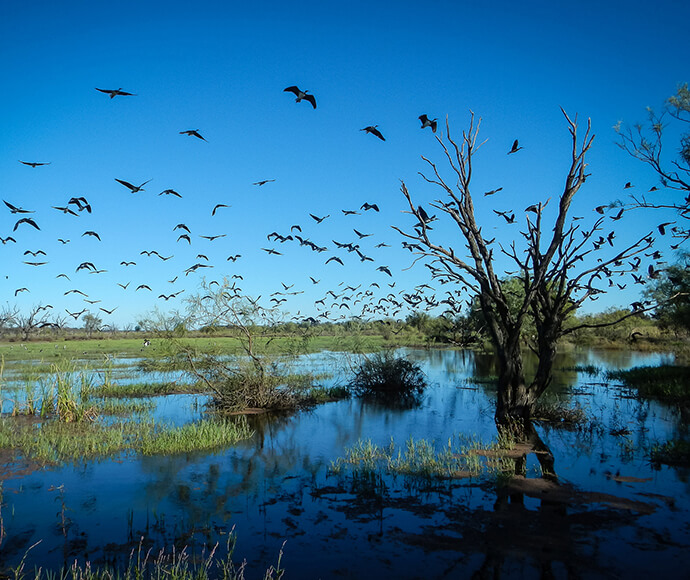Search
Macquarie Cudgegong Environmental Water Advisory Group communique May 2023 | Water for the environment
On 2 and 3 May 2023, the Macquarie–Cudgegong Environmental Water Advisory Group (EWAG) met in Dubbo for a strategic planning session to determine annual environmental watering objectives and actions for the 2023–24 water year.
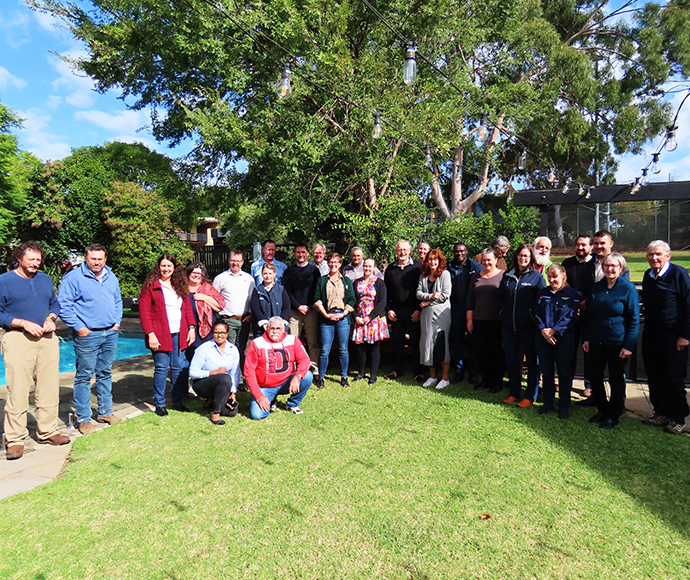
Macquarie Cudgegong Environmental Water Advisory Group communique March 2023 | Water for the environment
On Thursday 16 March 2023, the Macquarie–Cudgegong Environmental Water Advisory Group (EWAG) met in Warren to reflect on the recent environmental outcomes in the catchment and discuss potential priorities for the 2023–24 water year.
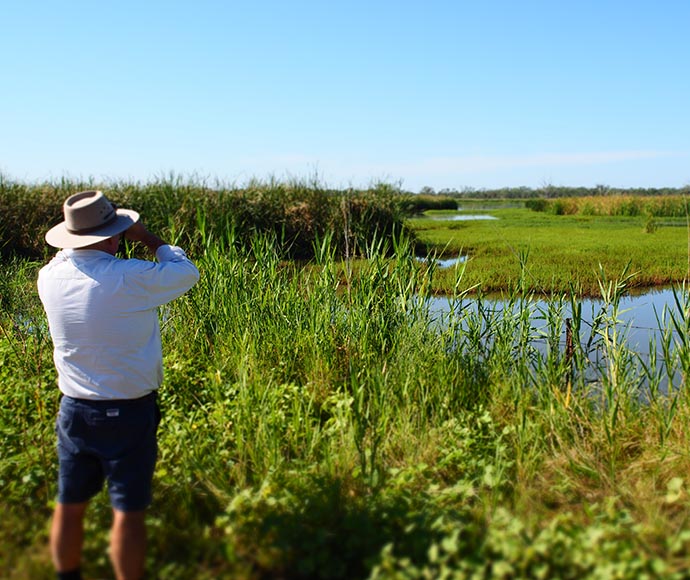
Macquarie Cudgegong Environmental Water Advisory Group communique November 2022 | Water for the environment
On Tuesday 8 November 2022, the Macquarie-Cudgegong Environmental Water Advisory Group (EWAG) met in Dubbo to review its environmental water use strategy for the 2022–23 water year.
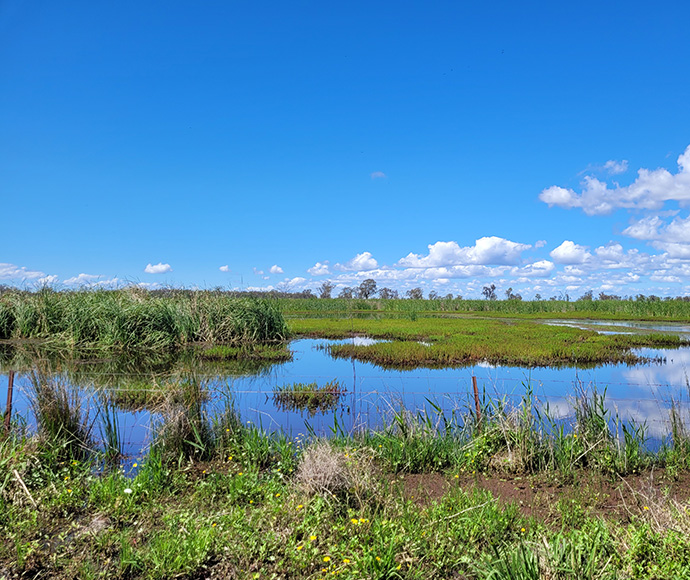
Macquarie Cudgegong Environmental Water Advisory Group communique August 2022 | Water for the environment
On Tuesday 30 August 2022, the Macquarie-Cudgegong Environmental Water Advisory Group (EWAG) met in Dubbo to discuss and review their environmental water use strategy for the 2022–23 water year.
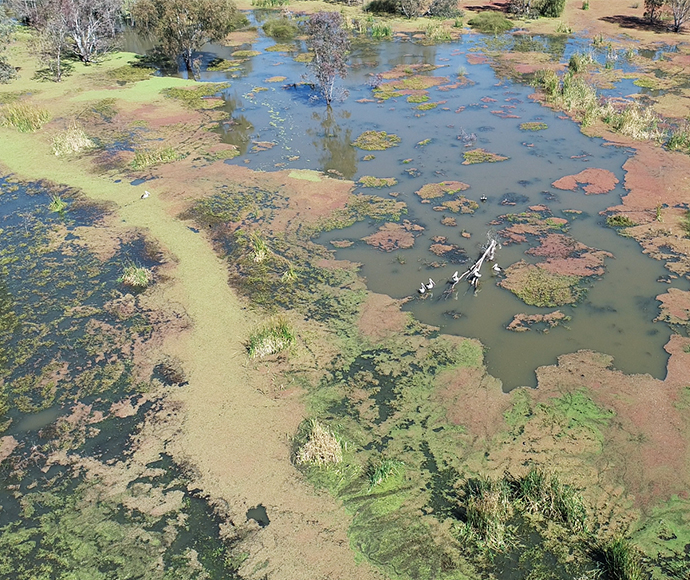
Gwydir valley Environmental Water Advisory Group membership positions | Water for the environment
Call for community nominations – Gwydir Environmental Water Advisory Group.
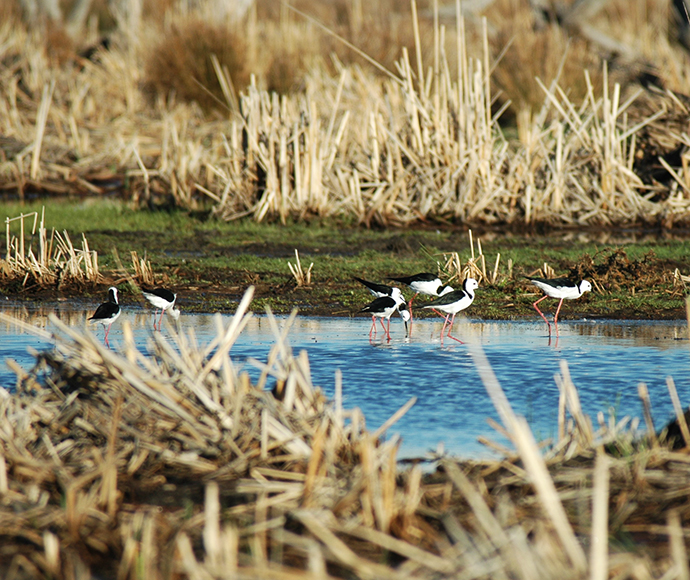
Gwydir Reconnecting Watercourse Country Program | Water for the environment
Supporting the health of rivers, watercourses and wetlands.
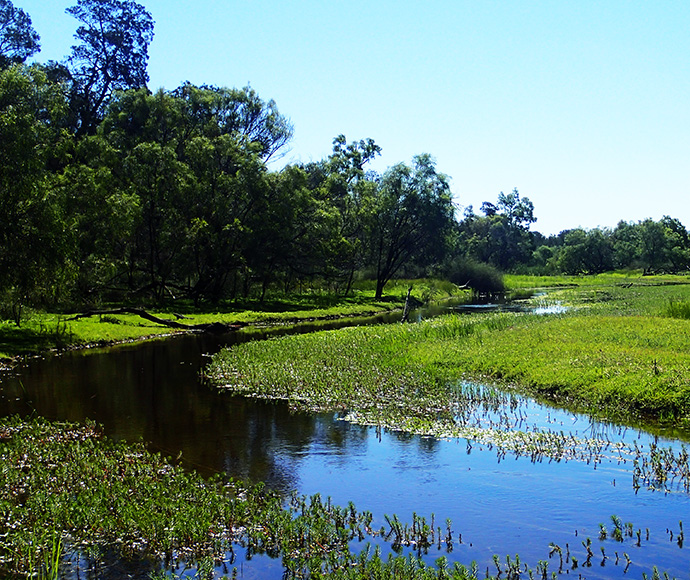
Landholder survey and contact information | Water for the environment
The Department of Climate Change, Energy, the Environment and Water proposes providing details of planned environmental water releases and rising river alerts directly to Upper Murrumbidgee and Snowy landholders.
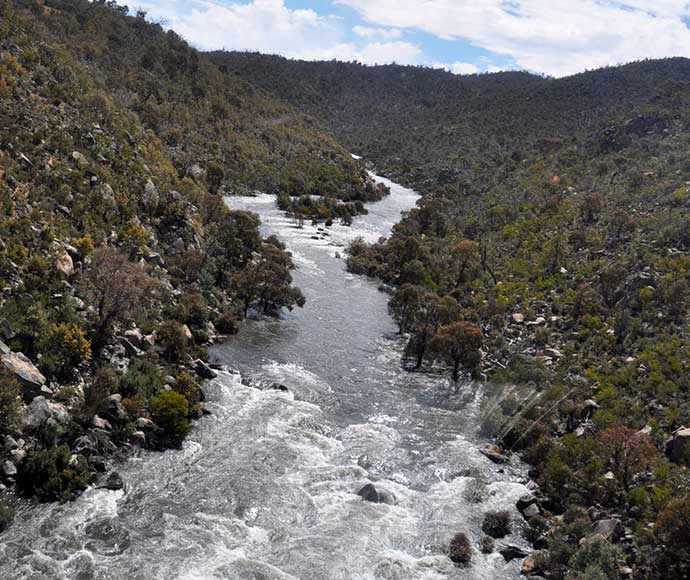
Mowamba and Jindabyne release flexibility | Water for the environment
Investigation into delivering water for the environment for the Snowy River via the Mowamba River and options for more flexible delivery.
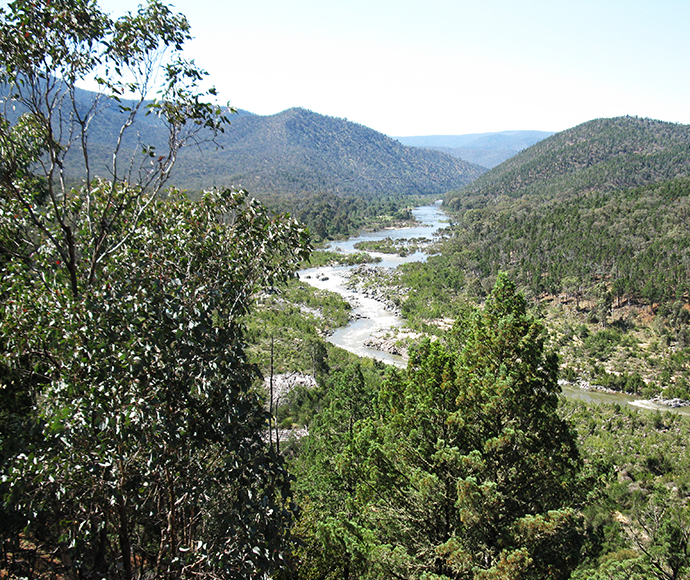
Barwon-Darling Long-Term Water Plan | Water for the environment
The Barwon-Darling Long-Term Water Plan has now been finalised.
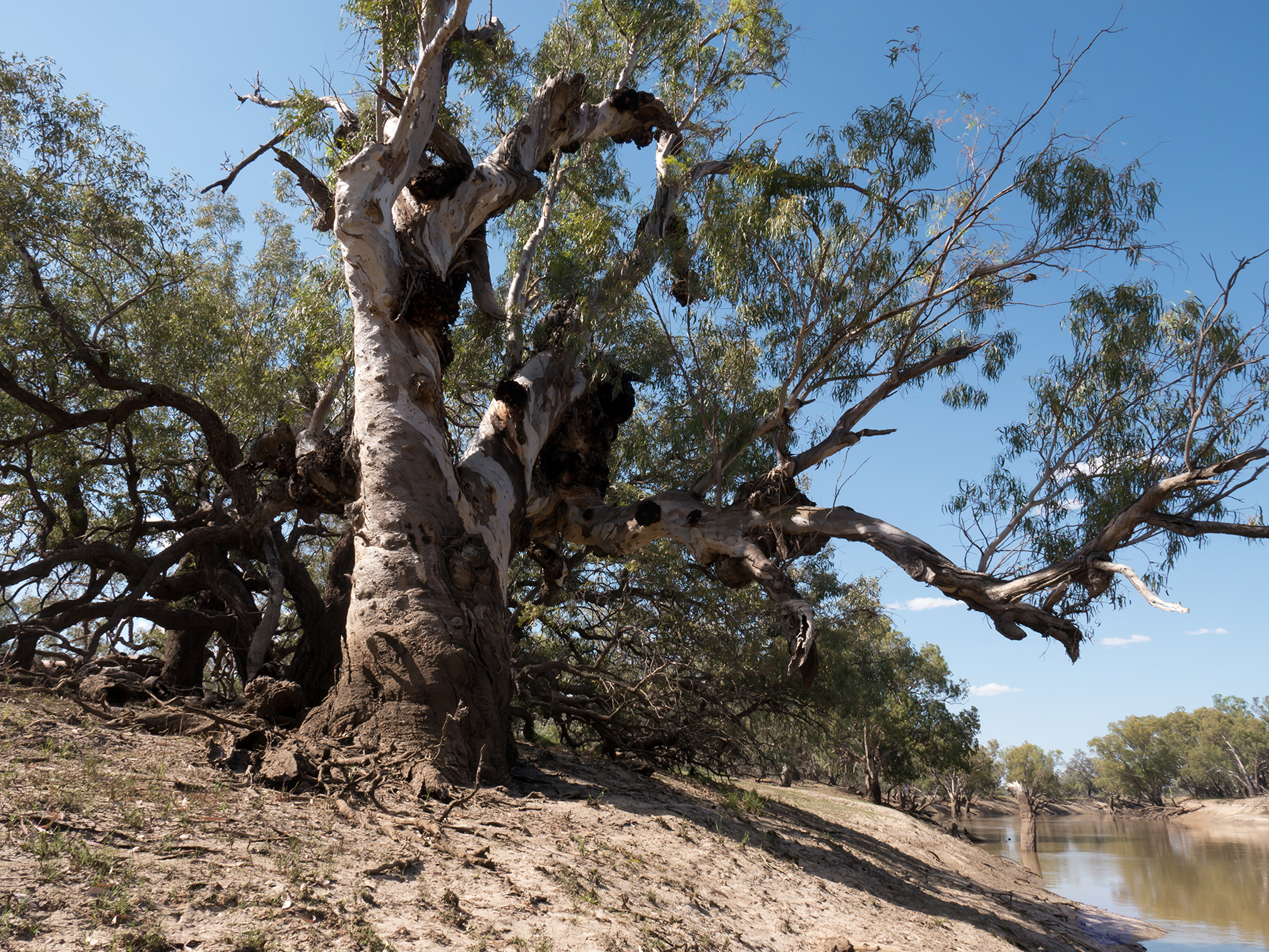
Gwydir Long-Term Water Plan | Water for the environment
The Gwydir Long-Term Water Plan has been finalised.
